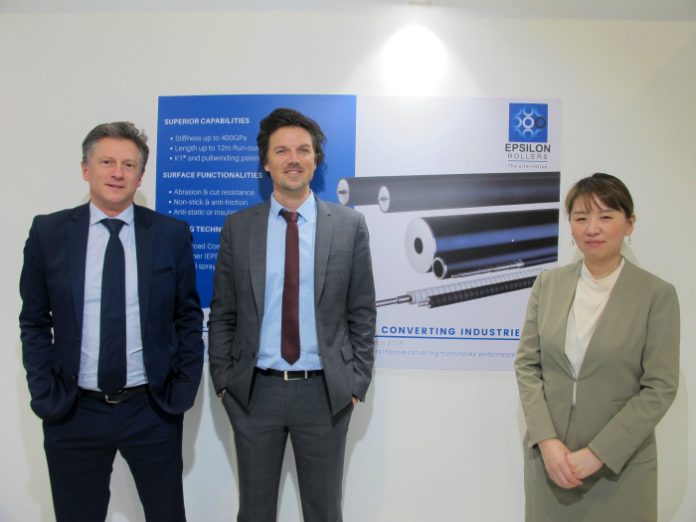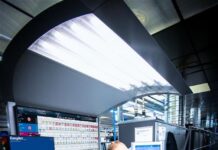
Epsilon Composite is a global provider in the design and manufacture of carbon fiber-based composite material parts. The company is based in Gaillan en Médoc in southwestern France, where it employs 230 people. The manufacturing company presented itself for the first time at PlastIndia 2023 with its carbon fiber-based innovations on display.
In the words of Romain Coullette, sales director, “This exhibition is fantastic and we received great footfall overall. We are also pleased to see Indian industries growing so much on a global scale and we feel happy to be able to explore this new turf. We’ve been attending PlastIndia as visitors since 2015 and have been planning to exhibit. Unfortunately, the pandemic robbed us of the opportunity previously, however, we’re really glad to be able to showcase on this edition of the plastics exhibition.”
“We offer tailor-made solutions for the most demanding applications thanks to exclusive know-how based on 30 years of experience in industrial processes such as pultrusion- an automated process that allows the continuous production of carbon profiles, filament winding- a variant of pultrusion in which fibers are deposited at various angles, and various technologies for processing composite materials. From ultra-deepwater oil exploitation to aircraft structural parts, from printing machines to architectural works, we provide our customers around the world with performance improvement in the most hostile environments, thanks to innovative solutions and proven technologies,” Coullette adds as he goes on explaining about Epsilon’s technology and manufacturing processes.
Carbon fiber
“Developed in the 1950s in Japan and the United States, carbon fibers have extraordinary physical properties: they are lightweight, resistant, and rustproof.
Their high cost has long reserved their use for aerospace and military applications. Stéphane LULL’s vision when he founded Epsilon Composite in 1987 was to spread the use of this wonderful material throughout the industry and in our everyday lives, particularly by utilizing the pultrusion process.
To obtain a composite material, carbon fibers are generally impregnated with an organic matrix (the resin) and then formed in a heating mold in the shape of the desired part.”
Different composites
“Composites are heterogeneous materials made up of a matrix and a reinforcement. It is the combination of two materials with very distinct properties that makes it possible to obtain a new material with extraordinary properties. This principle is alive and well both in nature (wood, shells, etc.) and in materials that have been used for hundreds of years (concrete and reinforced concrete, and rubber tires), but it is best known when used in fibrous textile reinforcements, such as glass, carbon or aramid fiber like Kevlar.”











